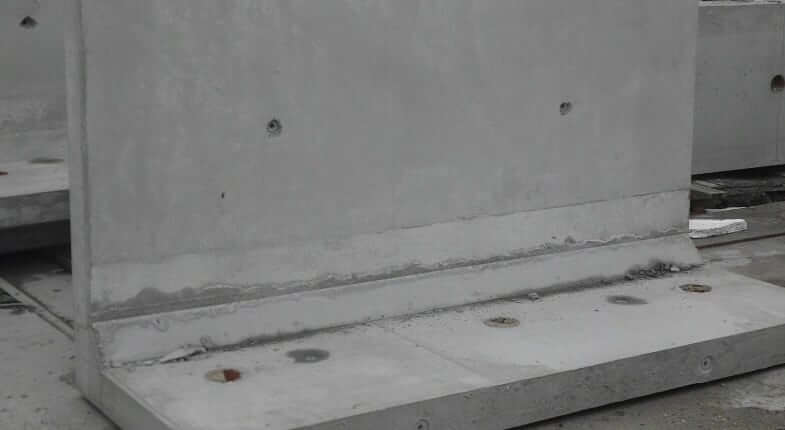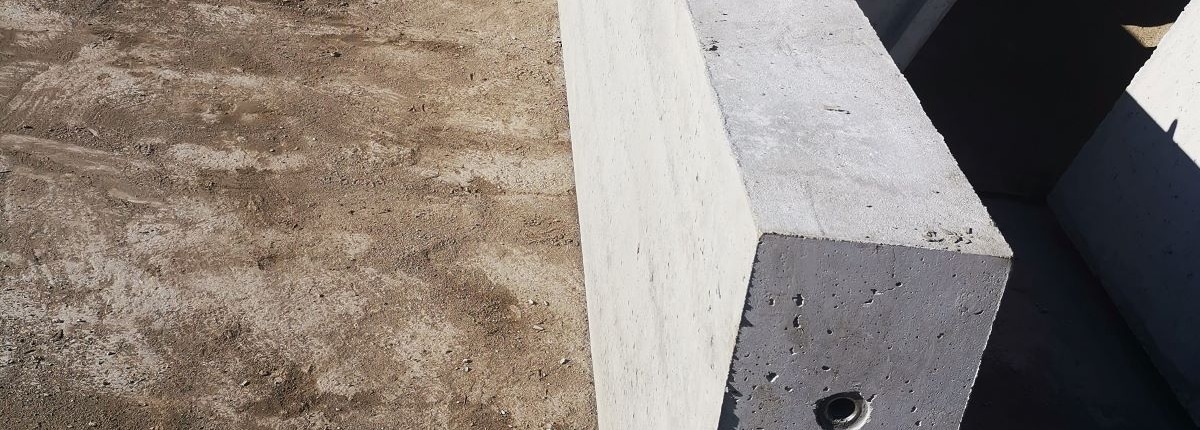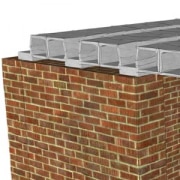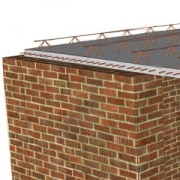Retaining wall price – comprehensive calculation of retaining structures
The retaining wall price is shaped by many technical and execution factors affecting the final cost of the investment. The pricing includes the cost of prefabricated elements, transportation, installation, foundation and earthworks. Retaining walls price depends on the height of the structure, length, ground conditions and the class of concrete used in production.
Cost components of retaining walls
The main element affecting the price of retaining walls is the cost of the prefabricated elements themselves, which accounts for 50-60% of the investment value. L-type retaining walls unit price per m² of face area increases non-linearly with height – a 4 m wall is 2.5 times more expensive than a 2 m wall. Prefabricated retaining walls price also includes specialized transportation, the cost of which depends on the weight of the elements and distance.
An important component is the prefabricated retaining wall installation price requiring a crane with a lifting capacity of 25-100 tons. Prefabricated retaining walls earthwork price is 15-20% of the cost with standard soil conditions. Additional expenses include drainage, foundations and possible ground reinforcement.
Price list 2024 for retaining walls
Precast concrete prices are seen stabilizing in 2024 after previous increases. Retaining wall price in 2024 per m² of face area is at a competitive level with monolithic structures. Retaining wall L price in 2024 summer season may be higher by 10-15% due to increased demand in road construction.
Current rates in 2024 show the variation in concrete retaining wall price by region of the country. Prefabricated retaining walls in large metropolitan areas cost more due to higher transportation and installation costs. Manufacturers offer discounts of 5-10% for orders of more than 500 m² of construction.
Price forecast for 2025
Projections for 2025 indicate a 4-6% price increase in the segment of retaining structures. Retaining walls price in 2025 will be shaped mainly by rising reinforcing steel and cement costs. Prefabricated retaining walls may gain a price advantage over monolithic ones due to rising labor costs.
In 2025, new L-type retaining wall solutions are expected to be introduced the price will depend on the degree of prefabrication. Elements with integrated drainage and architectural finishes will be 20-30% more expensive. Standard concrete retaining walls will remain the most economical choice.
Cost comparison of different systems
Economic analysis shows that prefabricated retaining walls total price is 30-40% lower than monolithic walls at heights above 3 m. L-type retaining walls are the cheapest prefabricated solution, T-type more expensive by 20-30%. Prefabricated retaining wall price is competitive with reinforced soil walls at heights up to 5 m.
The gabion system is cheaper initially by 40-50%, but retaining walls the price of prefabricated operation is much lower. Palisades and sheet piling compete on price only for temporary structures. Long-term prefabricated retaining walls offer the best value for money.
Cost optimization of retaining structures
Reducing the outlay for the retaining wall price is possible by optimizing the height and using grading. Dividing the high wall into terraces reduces the cost by 20-30%. L-type retaining walls price drops when using typical catalog elements instead of custom production.
Savings in the category of retaining walls prefabricated price is achieved by proper geotechnical diagnosis eliminating oversizing. The use of drainage reduces soil pressure and allows thinner sections. Grouping orders for several investors reduces transportation and installation costs.
Operating costs and durability
Concrete retaining wall system price of operation is limited to periodic maintenance every 5 years. Drainage cleaning and expansion joint filling are the only maintenance work. A design life of 100 years eliminates the need for major repairs.
Investment in high-quality prefabricated retaining walls price higher initially pays for itself through lack of failure and damage. Resistance to freezing cycles of F200 ensures durability in the Polish climate. The total life-cycle cost is the lowest of all retaining structure technologies.
The final retaining wall price of each project requires an individual calculation taking into account local conditions, geotechnical parameters and design requirements. We encourage you to contact us to prepare a detailed offer of retaining structures tailored to your investment.
















